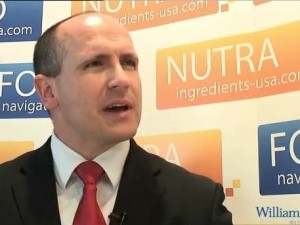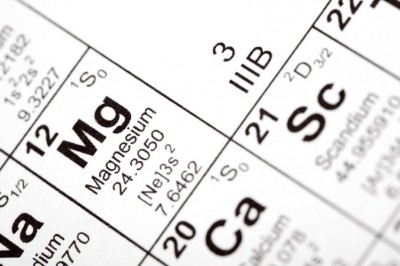Jury's out whether recent data shows improvement in NDI picture

AHPA, which keeps tabs on NDI submission trends via its NDI Database, said based on the partial information it has received on 40 submissions submitted to FDA between November 2012 and February 2014, that 10 of these notifications were acknowledged by FDA without objection. AHPA promotes the database as a way for companies to see trends in notifications and to avoid some obvious pitfalls that lead to rejections.
“Overall there has been about an 85% rejection rate. We did that calculation based on notifications filed though 2007,” Ashish Talati, a principal in the Chicago-based law firm Amin Talati told NutraIngredients-USA. “If AHPA is saying that the approval rate is now 25%, that’s good. But that still means that 75% are not going through. Overall has it gotten better? That I really couldn’t say because I don’t have the data.”
Companies that want to use a dietary ingredient not marketed in the U.S. before Oct. 15, 1994 are required to submit an NDI notification explaining why the ingredient is reasonably expected to be safe. This notification must be submitted at least 75 days before the dietary ingredient is introduced or delivered for introduction into interstate commerce.
FDA does not "approve" or "disapprove" NDI notifications. Instead, the agency generally provides one of several types of responses. According to FDA, examples of these responses include, but are not limited to: (1) letter of acknowledgement without objection; (2) letter listing deficiencies that make the notification incomplete; (3) objection letter raising safety concerns based on information in the notification or identifying gaps in the history of use or other evidence of safety; and (4) letter raising other regulatory issues with the NDI or dietary supplement (e.g., the NDI is not a dietary ingredient as defined by regulation or the product is excluded from the definition of "dietary supplement" under current regulations because it is not intended for ingestion.
Raising the bar

One of the things that characterized some early submissions was their low quality, which contributed to the high failure rate. Some companies had obviously not taken the time (or spent the money on legal counsel) to understand what the law was calling for in terms of properly idetifying the ingredient in question and citing scientific data backing an assertion of safety that aligned adequately with that particular ingredient.
But even as companies have become more sophisitcated, the level of proof needed has gone up, too. At least, that’s Talati’s opinion.
“Companies are getting better, but FDA is getting stricter. Overall the needle is moving, but by how much, I don’t know. In the past FDA was accepting some submissions that I don’t know that they would accept today,” he said.
“The agency is now looking at NDIs very carefully. I’m not saying they shouldn’t, but there is some question about the amount of detail they are looking for,” Talati said.
GRAS as an option
Another option for bringing a new dietary ingredient to market is to affirm it as GRAS (Generally Recognized as Safe) first. In theory, this would mean the ingredient would have to clear a higher bar of safety; in the regulations governing GRAS the language talks of a “reasonable certainty” of safety. In the NDI rules, the regulations talk of a “reasonable expectation of safety.” Some legal scholars have observed that the first is more stringent than the latter, but in practice, they seem to be the same.
“For the people who review NDIs, I don’t think they are being told by the agency that there is a different standard of safety,” Talati said. “In some ways I feel it is easier to get things through the GRAS group at FDA than going through an NDI submission.”
John Endres, chief scientific officer at Seattle-based consultancy AIBMR, said GRAS affirmations have been far more popular in the marketplace, and not just because the process seems more straightforward in terms of what’s required and how to best fulfill those requirements. A GRAS ingredient can be used in foods but can also be sold via the supplement route.
“I think the NDI process is definitely as difficult as it ever was. 20% to 25% getting through . . . that’s where the rate always seemed to be.
“We are doing more a lot more GRAS work because it opens other routes for the ingredient as well, though not every new ingredient is suitable for use in food,” he said.









